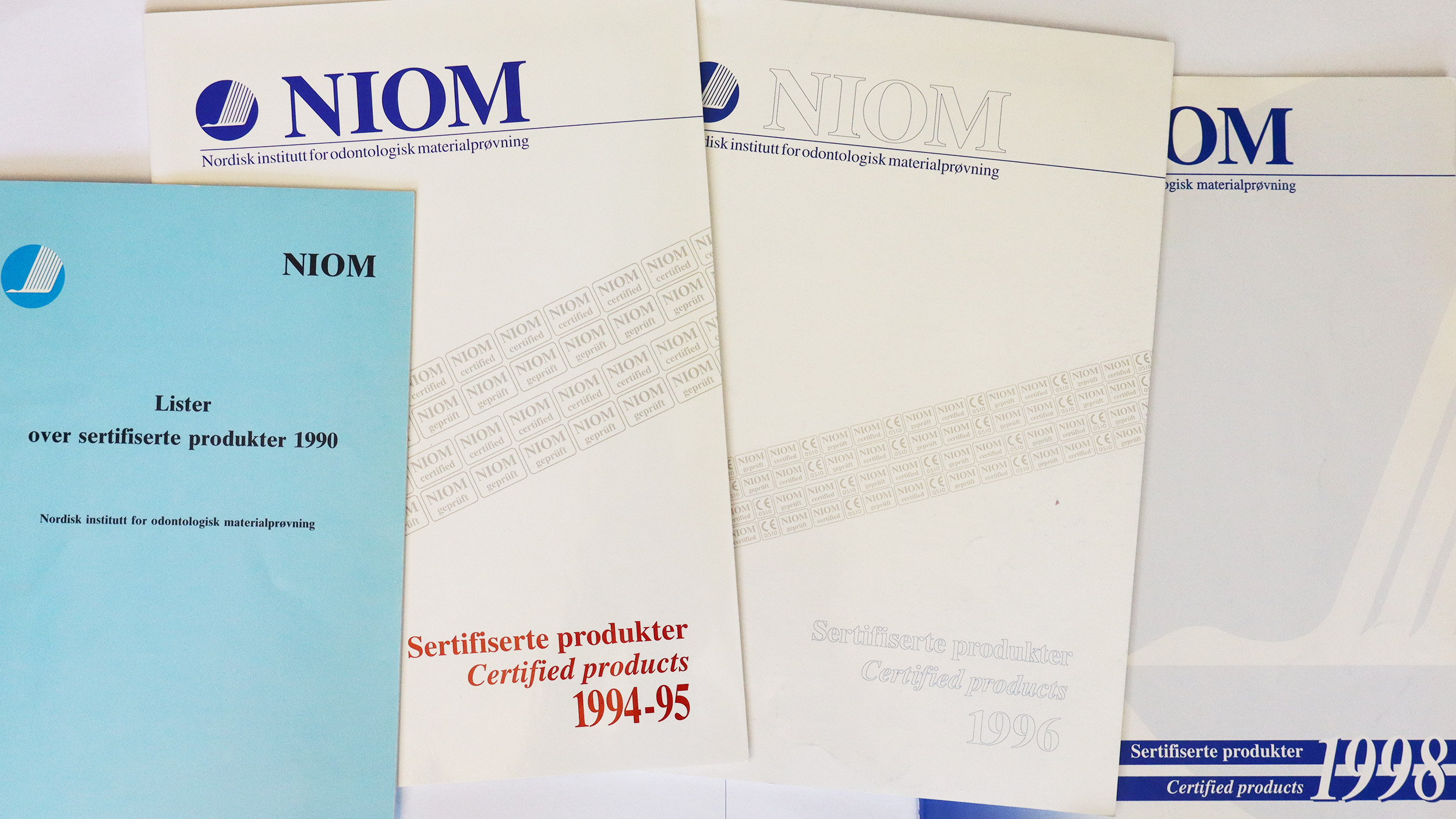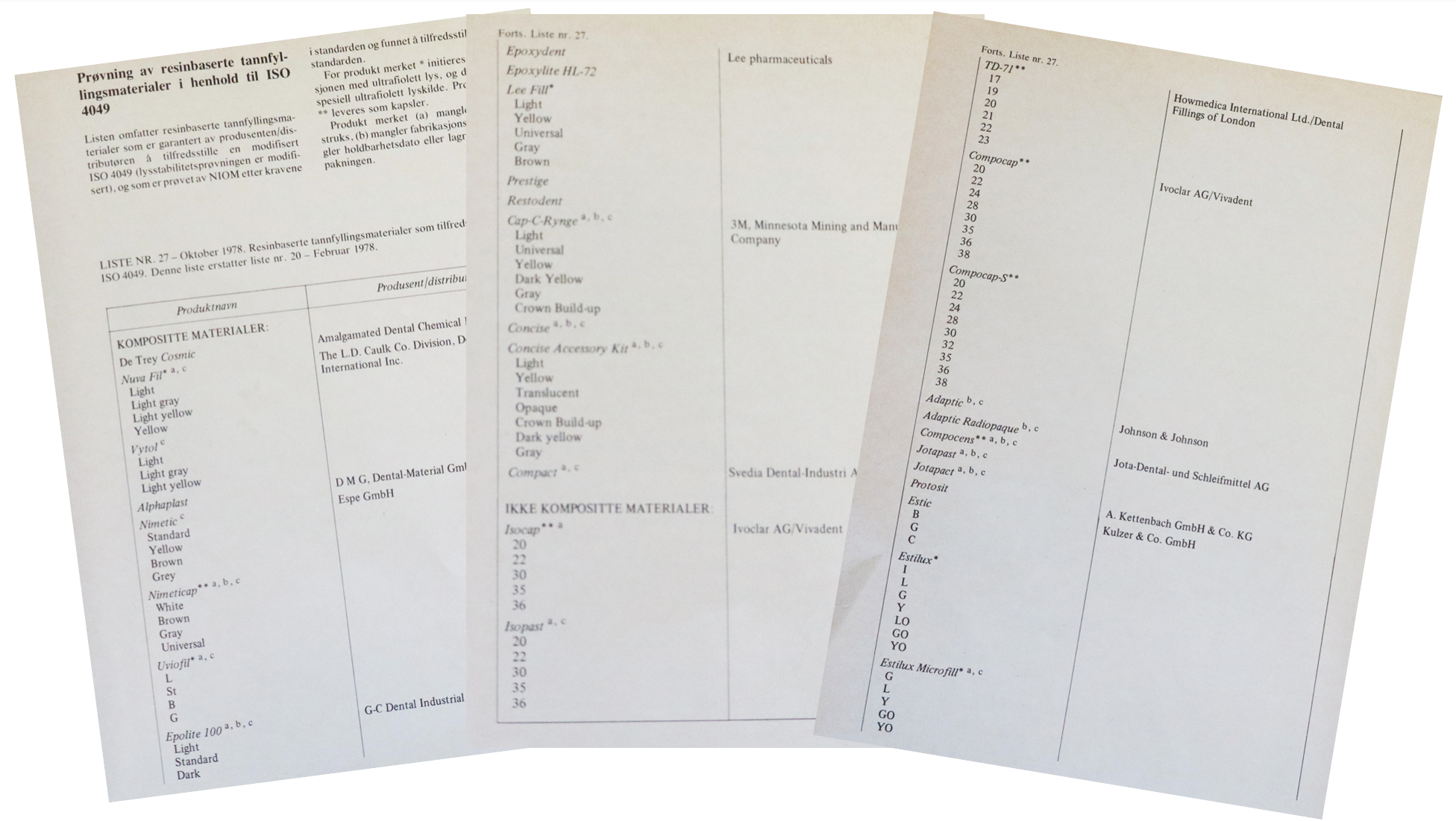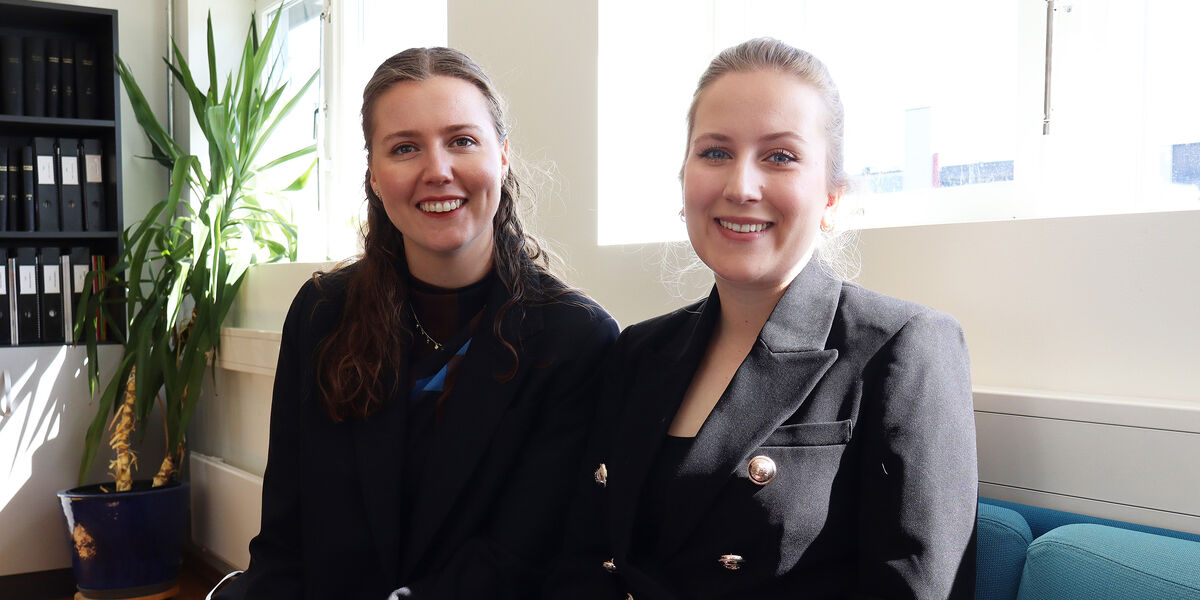Dental students Embla Victoria Eggum and Rebekka Rún Scheving from the University of Oslo have completed their Master thesis on the role of dental materials in forensic identification. Their focus has been on composite materials used in dental restorations, particularly those referenced in older patient records.
The thesis highlights how outdated product names and lack of systematic documentation can challenge forensic identification efforts. Forensic dental identification of a victim is based on a comparison of the deceased’s dental status with collected dental information from a missing person. In particular, older handwritten dental journals may contain unfamiliar material names. Recognizing and tracing these products becomes essential when matching post-mortem findings with historical dental records.
“We wanted to show how important dental materials are in forensic identification,” says Embla and explains:
“If a body is found, for example in the forest, and only an old dental journal is available, it can be difficult to determine what kind of material was used based on product names, since some names in the records may be unfamiliar today.”
The article continues after the photo.

The project included an overview of composite materials listed in NIOM documentation from 1978 to 1998. These lists are no longer actively used, but still hold relevance for forensic dentistry. The two students reviewed product names, usage periods, and distribution in Norway, compiling tables that can serve as a reference for future forensic investigations.
“We hope our thesis can work as a reference tool,” Rebekka explains. “If forensic dentists encounter a product name in an old dental record that they don’t recognize, they can look it up in our tables and see in which years it was available in Norway and learn whether it was a metal- or tooth-colored restoration. The latter is important to know when comparing post-mortem radiographs with dental records.”
Support from NIOM
Rebekka and Embla received support from NIOM in carrying out their work. Senior engineer Hanne Wellendorf contributed significantly by helping retrieve the historical product lists and answering technical questions. Former NIOM employee and current Associate Professor at the University of Oslo, Simen E. Kopperud, supervised the project and facilitated collaboration with NIOM.
“It was very helpful to visit NIOM early in the process and meet those working with these lists,” says Rebekka. “We’re thankful for the assistance we received throughout.”
The article continues after the photo.

The students also noted the surprising variety of composite materials available historically, both in product names and shade ranges. These details can matter in forensic contexts, especially when attempting to match visual or radiographic evidence with documented dental work.
Their work illustrates the value of preserving and structuring older documentation on dental materials. While newer generations of dentists may be unfamiliar with past products, these materials continue to play a role in forensic investigations of unresolved cases.
The thesis may also serve as a foundation for future students to expand the reference database or explore new forensic applications.

